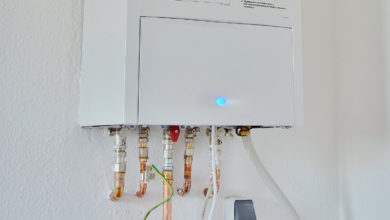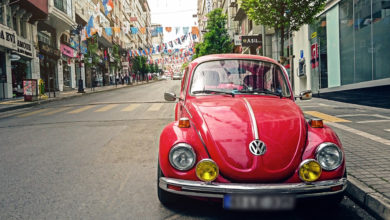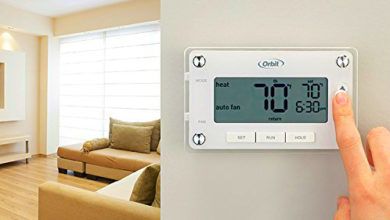Carbon monoxide is a very dangerous thing to have in your home. It’s often ascribed to the moniker “the Silent Killer” and it absolutely deserves it. Carbon monoxide is an invisible, odorless, poisonous gas and it’s released by fuel-burning devices such as heating systems, grills, ovens, and others.
When carbon monoxide is inhaled it remains in your body and isn’t breathed out. Once inhaled, it takes away your blood’s ability to exchange oxygen which can harm and kill you very quickly. What’s worst is that this can happen without you realizing it – if you get poisoned with carbon monoxide while sleeping you likely won’t even wake up.
About 150 people in the U.S. die every year of carbon monoxide poisoning with no out-of-control fires involved in the situation. This may not be the highest number of annual deaths in the country but it’s a number that can easily be reduced down to zero if people protect themselves adequately against carbon monoxide poisoning.
So, what should you do? The first and most common question is “Can opening a window stop carbon monoxide poisoning?” And the answer is both yes and no. Let’s elaborate.
Will cracking a window help with carbon monoxide in the room?
An open window will help slow down carbon monoxide poisoning as it will allow for better ventilation in your home and will expel some of the gas before you inhale It. Opening two or more windows will ensure good ventilation and further reduce the amount of gas in the room.
Note, however, that AC units and ventilators don’t really provide the same effect as they only circulate the same indoor air, they don’t expel any of it outdoors.
On the other hand, you cannot rely on an open window alone to prevent carbon monoxide poisoning. Even with good airflow, if the gas keeps getting pumped into your room you will eventually inhale enough of it for potentially fatal consequences. In fact, opening a window often creates a false sense of security which can be very dangerous. Instead, you should look for other protection methods.
What else can you do to protect yourself?
There are many things you can do to protect yourself and your family from carbon monoxide poisoning.
- Install a battery-operated monoxide detector.
- Make sure all fuel-burning appliances in your home have a seal from a testing agency such as UL.
- All fuel-burning equipment in your home must be installed with vents going outdoors.
- Get annual professional maintenance every year for your heating system and other fuel-burning appliances.
- Keep all emergency generators outside and at least 20 feet from any windows and doors. Do NOT keep emergency generators in the basement or garage of your home.
- Charcoal grills and portable camp stoves should also be used outdoors only.
- Never use a gas oven for heat and always use space heaters when you or someone else is awake in the room.
- Get your car’s exhaust system checked every year.
- Look for the main signs of out-of-order fuel appliances such as soot in the appliances, rust or water on the vents, moisture build-up inside the windows, loose vent pipes, and cracked masonry on the chimney.





